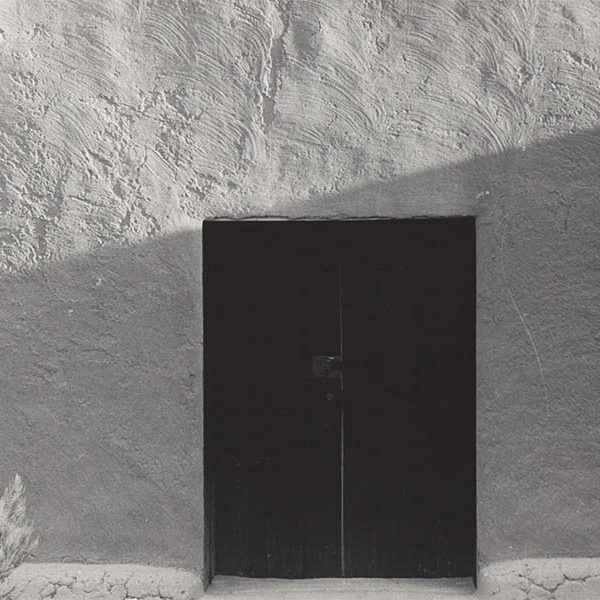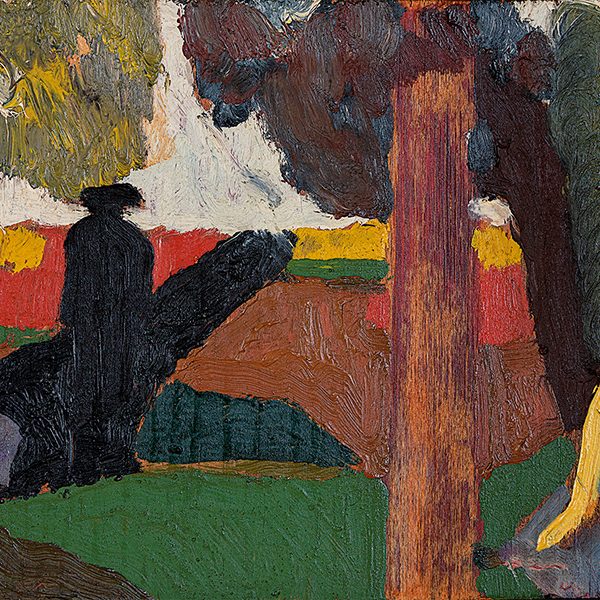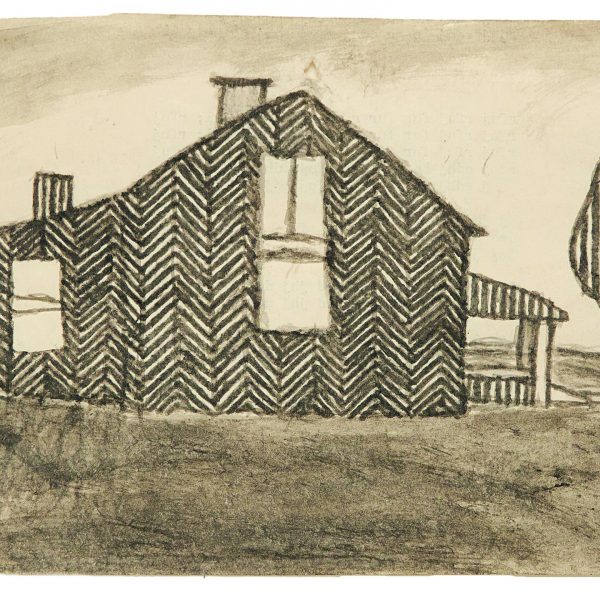Going a Little Nutty with Jim Nutt’s Portraits
“Jim Nutt has made some of the craziest paintings in American art” declares Canadian Art magazine in its Summer 2011 issue. The magazine’s editors apparently enjoy the craziness. Although they chose only seven books for inclusion in their “Top Summer Reading Picks” we are delighted to see that Jim Nutt: Coming into Character, by Lynne Warren, is among them—and aptly praised for Nutt’s “images that manage to combine the disjointed physiognomies of cubism with the paint-handling of an Italian Renaissance master.”
 One could be excused for supposing that the craziness of a Jim Nutt painting resulted from the random act of a madman. “Disjointed physiognomies” translates literally as a blue woman with orange, sightless eyes and both legs amputated like ham bones, all on a lime green background. She is the shocking subject of his 1970 painting “Toot-Toot Woo-Woo.” Critics of Nutt’s initial work found it “outrageously adolescent,” deviant and perverse, and, well, downright “odd.” From his launch via the Chicago imagist group Hairy Who to his current artistic production, the painter has delighted in distortions of the human form. In all the madness though, there is a reason that the Museum of Contemporary Art Chicago has exhibited his creations twice during his career.
One could be excused for supposing that the craziness of a Jim Nutt painting resulted from the random act of a madman. “Disjointed physiognomies” translates literally as a blue woman with orange, sightless eyes and both legs amputated like ham bones, all on a lime green background. She is the shocking subject of his 1970 painting “Toot-Toot Woo-Woo.” Critics of Nutt’s initial work found it “outrageously adolescent,” deviant and perverse, and, well, downright “odd.” From his launch via the Chicago imagist group Hairy Who to his current artistic production, the painter has delighted in distortions of the human form. In all the madness though, there is a reason that the Museum of Contemporary Art Chicago has exhibited his creations twice during his career.
Nutt’s portraiture, although far from what we might consider “traditional,” does follow a long tradition of recording the experiences of a generation in one person’s image. Contributor Jennifer R. Gross cites the Mona Lisa as an example of how one unnamed figure can reflect to the viewer his own humanity, spirit, and mortality. Nutt’s distortions of human features also follow another tradition. While the disfigurement of his subjects (probably) comes from an imagined source, portraitists like Lucas Cranach the Elder, Jan van Eyck, and Raphael utilized the actual deformations of live subjects in their art. What makes this collection interesting, however, is the chance it offers to compare his more recent work with his original style. The transformation of his work, Alexi Worth notes, “is like turning from Courtney Love to Helen Mirren.” The cartoonish, almost neon-colored paintings from the beginning of his career contrast obviously with a project he has now worked on for a quarter century: a more muted series of portraits of women with dark, prominent noses and wild hairdos. While it may seem a little “crazy” to work with the same image for twenty-five years, it’s the “Nutty” factor that makes the portraits so intriguing.

























